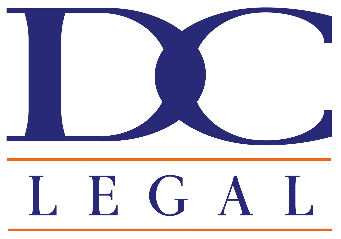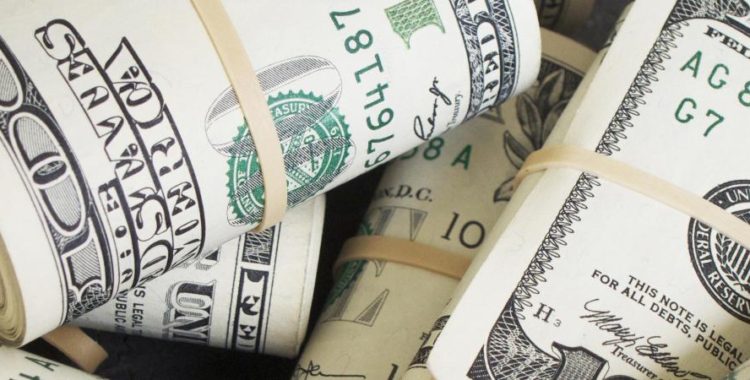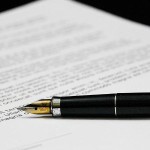Washington Auto Accident Valuation Dispute Overview
Determining the Replacement Value in an Auto Accident
Accidents that include both personal injury claims and auto claims will typically involve two different negotiation processes — one to determine the value of bodily injury, including pain and suffering; another to determine the value of the damaged vehicle. In this article, we focus specifically on the latter.
The role of the “at fault” party’s insurance company is to compensate the injured party for the monetary value of the damaged vehicle. While this sounds like a simple concept, in practice, the insurance company will often attach a value much lower than what the car is actually worth.
In circumstances where the insurance company and the injured party cannot agree on the replacement value of the damaged vehicle, the law provides specific guidance and steps to take to determine the replacement value. Below is a condensed version of the Governing Law WAC 284-30-391, which outlines the process for how to effectively resolve disputes regarding the proper replacement value of a damaged vehicle.
How is the value of the car determined/disputed?
Unless both the insurance company and the insured can agree on the value, an insurer must settle the insured’s total loss claim by using one of the following two methods:
- Offering replacement with an available and comparable car in the insured’s area.
- Replacement vehicle must be: (1) a comparable vehicle, and (2) available for inspection within a reasonable distance from where the totaled vehicle is normally parked.
- A cash settlement based on the “actual value” of comparable cars in the insured’s area.
- The insurer must determine the “actual value” of a comparable vehicle, minus the deductible. Furthermore, they must determine the actual cash value by using one of the following methods:
- The actual cash value of a comparable vehicle in the area where loss vehicle is normally garaged.
- Using two or more licensed dealer quotations of a comparable vehicle by dealers located within 150 miles of the area where loss vehicle is normally garaged.
- The actual cash value of two or more comparable vehicles advertised for sale within 150 miles of area where loss vehicle is normally garaged.
- A computerized source that must meet the criteria within WAC 284-30-391(2)(iv).
- If none of the above methods (1-4) provide an actual cash value, search area may be expanded in 25 mile increment, not to exceed 150 miles without permission of the claimant.
- If the insurance policy has an appraisal provision, either party may invoke it to determine the actual cash value.
- The insurer must determine the “actual value” of a comparable vehicle, minus the deductible. Furthermore, they must determine the actual cash value by using one of the following methods:
The insurer must add to the actual cash value any applicable taxes, license fees and other fees that would have been incurred by the insured if he had purchased the loss. After the actual cash value, sales tax, and applicable pro-rated taxes and fees are added together, the insurance company deducts the salvage value from the total amount.
Tip from the Office of the Insurance Commissioner: To find out if the amount the insurer offers you is a reasonable estimate of the retail market value, ask the insurer for a “total loss valuation report.” This report shows the comparable auto data the insurer used to calculate your vehicle’s value. Insurers aren’t required to provide it without being asked, so be sure you request a copy.
Have questions regarding your rights in a Seattle auto accident? Contact one of our Seattle personal injury attorneys.







